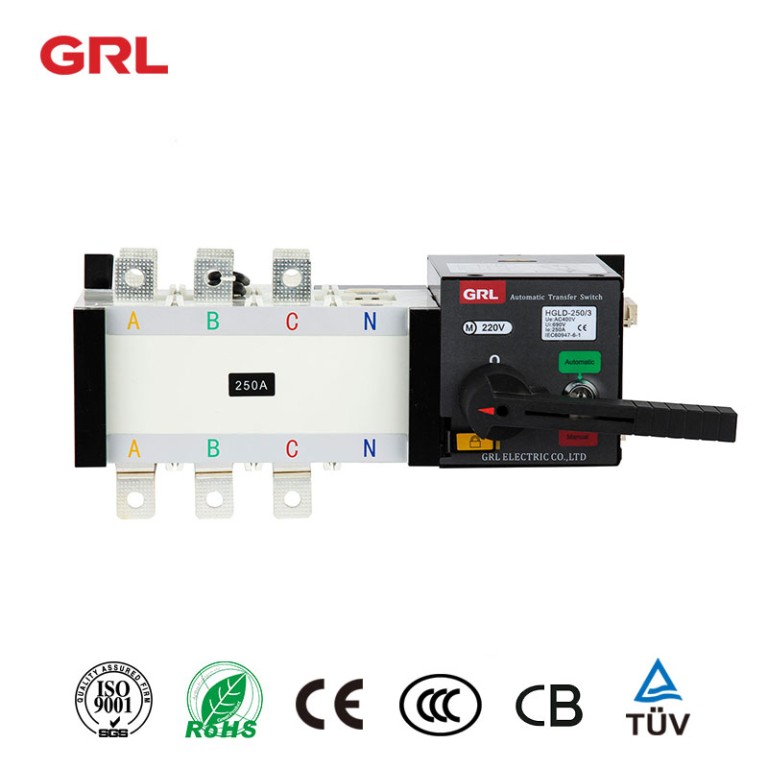
# Automatic Transfer Switch: Ensuring Uninterrupted Power Supply
## What is an Automatic Transfer Switch?
An Automatic Transfer Switch (ATS) is a critical component in power management systems that ensures seamless transition between primary and backup power sources. This intelligent device monitors the incoming power supply and automatically switches to an alternative source when it detects a failure or significant voltage drop in the main power supply.
## How Does an Automatic Transfer Switch Work?
The operation of an ATS can be broken down into three main stages:
– Monitoring: The ATS continuously monitors the voltage and frequency of the primary power source.
Keyword: Automatic Transfer Switch
– Detection: When it detects an outage or unacceptable power quality, it initiates the transfer process.
– Switching: The ATS disconnects from the primary source and connects to the secondary power source (typically a generator or battery backup system).
This entire process typically occurs within seconds, ensuring minimal disruption to connected equipment and operations.
## Types of Automatic Transfer Switches
There are several types of ATS systems designed for different applications:
### 1. Open Transition ATS
Also known as “break-before-make” switches, these momentarily interrupt power during transfer. They’re commonly used in applications where a brief power interruption is acceptable.
### 2. Closed Transition ATS
These “make-before-break” switches momentarily parallel both power sources during transfer, ensuring zero interruption. They’re ideal for critical operations.
### 3. Soft Loading Transfer Switch
This advanced type gradually transfers load between sources, minimizing mechanical stress and voltage fluctuations.
## Key Benefits of Automatic Transfer Switches
Implementing an ATS in your power management system offers numerous advantages:
– Reliability: Ensures continuous power supply to critical systems
– Safety: Prevents backfeeding and protects equipment
– Automation: Eliminates need for manual switching
– Efficiency: Reduces downtime and associated costs
– Protection: Guards against power quality issues
## Applications of Automatic Transfer Switches
ATS systems find applications across various industries:
– Healthcare facilities (hospitals, clinics)
– Data centers and telecommunications
– Industrial manufacturing plants
– Commercial buildings
– Emergency services and government facilities
– Residential properties with backup generators
## Choosing the Right Automatic Transfer Switch
When selecting an ATS, consider these factors:
– Power requirements (voltage, current, phase)
– Transfer time specifications
– Environmental conditions
– Compliance with local regulations
– Future expansion needs
– Maintenance requirements
## Maintenance and Testing
Regular maintenance is crucial for optimal ATS performance:
– Perform monthly operational tests
– Clean contacts and inspect for wear
– Verify proper voltage sensing
– Test communication with backup power sources
– Keep logs of all maintenance activities
## The Future of Automatic Transfer Switches
As power demands grow and technology advances, ATS systems are evolving with:
– Smart monitoring capabilities
– Integration with IoT platforms
– Enhanced predictive maintenance features
– Improved energy efficiency
– Smaller, more compact designs
Automatic Transfer Switches play a vital role in modern power infrastructure, ensuring business continuity and protecting sensitive equipment. By understanding their operation, benefits, and proper selection criteria, organizations can make informed decisions to safeguard their critical power needs.
